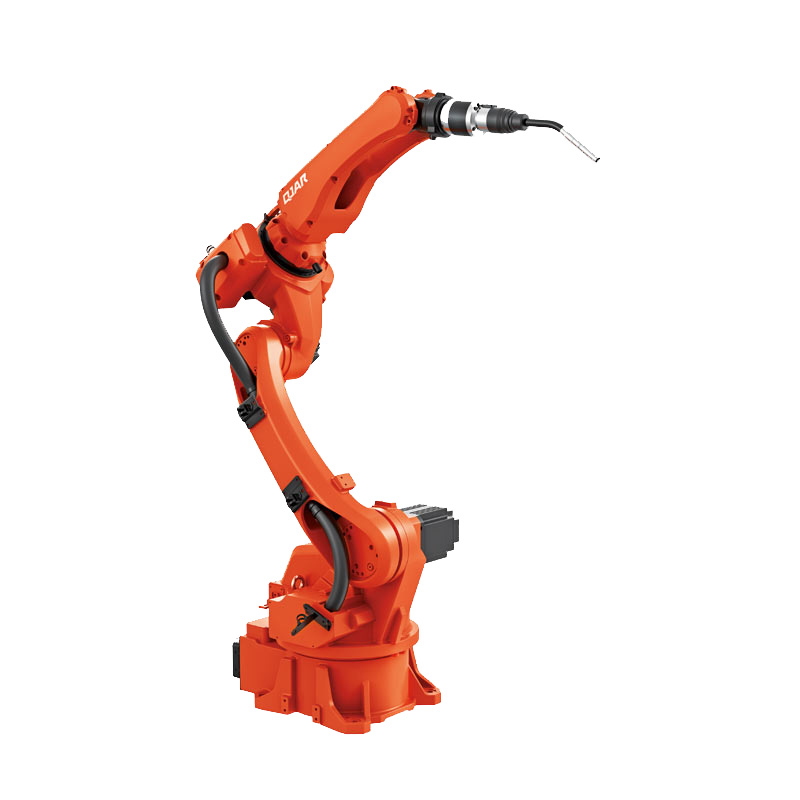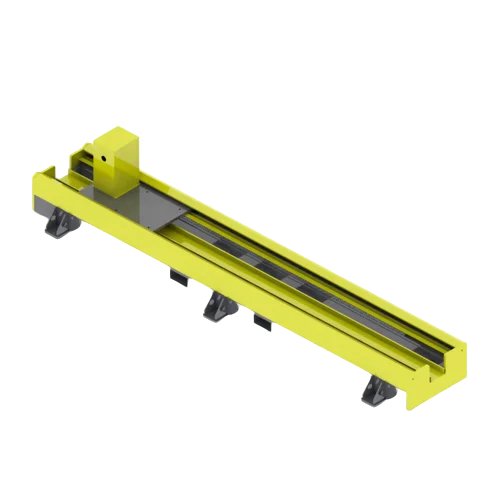Introduction
Constantly pursued in the domain of contemporary manufacturing are precision and efficiency. This endeavour has resulted in the adoption of cutting-edge technologies, most notably robot tracks and laser welding robots. These advancements are fundamentally transforming our approach to welding duties by providing an exceptional combination of precision and adaptability. This article explores how the integration of high-performance robot tracks with laser welding robots is revolutionising the landscape of welding applications.
The Evolution of Welding Technology
The progression of welding technology, starting from its most basic iterations and culminating in the intricate procedures utilised today, parallels the development of industrial manufacturing. The advent of laser welding robots in recent times has representing a substantial advancement. The precision that these machines provide was previously unachievable, thus they serve as a cornerstone of technological progress in the industry.
Laser Welding Robots: A Modern Solution
At the forefront of this revolution is the “6KG Payload 1.4M Reaching Distance 6 Axis Welding Robot QJR6-1400H.” This laser welding robot boasts an array of advanced features. Its joint gear grip adjustment ensures fine control and quick dynamic response, essential for precision welding. The hollow joint support structure enhances rigidity and flexibility, while its noise reduction design ensures a quieter operation. With a repeat positioning accuracy of ±0.08mm and an armspan of 1456mm, this robot is equipped to handle a variety of materials including carbon steel, stainless steel, aluminum, and copper.

Advancements in Robot Tracks for Enhanced Mobility
Complementing the prowess of laser welding robots are robot tracks. The “EVS Robot Track” stands out in this category. It’s designed for applications extending beyond welding, such as cutting, handling, and machining. The track is built with renowned reducers and gears, ensuring accuracy and stability. Its capability to be customized for specific load requirements and lengths makes it a versatile addition to any robotic welding setup.

Case Studies – Real-World Applications
Case Study 1: Large Product Welding
In a practical application, the QJR6-1400H has been used in welding large products. Its extended armspan and high precision make it suitable for complex tasks. This robot works seamlessly with mainstream welding machines, demonstrating its versatility in handling different materials.
Case Study 2: Integrated Positioning and Cleaning Systems
Another innovative implementation involves the combination of a dual-axis U-shaped positioner and a gun cleaning station. These elements are controlled directly by the robot’s control cabinet, saving space and enhancing coordination during the welding process. This integration expands the welding range and ensures both quality and efficiency.
Combining Laser Welding Robots with Robot Tracks
Integrating laser welding robots with robot tracks results in a synergistic effect that elevates the welding process. The combination of the QJR6-1400H with the EVS Robot Track, for instance, provides an expanded operational range and improves positioning accuracy. This integration allows for tackling more complex welding tasks with greater efficiency and precision.
Benefits and Efficiency Gains
The marriage of laser welding robots and robot tracks brings numerous benefits. The improved accuracy and expanded range of operation directly translate to enhanced productivity and quality of welds. This integration also leads to significant cost savings over time, as it optimizes both the speed and quality of welding processes, reducing waste and rework.
Impacts on Productivity and Quality
The combination of the mobility afforded by robot tracks and the accuracy of laser welding robots enables the completion of welding tasks more rapidly without sacrificing quality. This leads to a production line that is more streamlined and capable of producing consistent outcomes while managing a greater quantity of work.

Future Trends and Innovations
Potential Developments in Welding Robotics
With an eye towards the future, welding robotics is poised to witness additional advancements. Further progress in artificial intelligence and machine learning may result in laser welding robots that are even more intelligent, capable of adjusting to different tasks with minimal human intervention. Moreover, advancements in robotic track technology may facilitate even more precise and adaptable motion.
Transforming the Welding Landscape
These prospective developments have the capacity to significantly reshape the domain of precision welding, streamlining intricate operations and reducing expenses.
Conclusion
In welding technology, the integration of laser welding robots and robot tracks is a game-changer. Industry-leading innovations include the QJR6-1400H and the EVS Robot Track, which are causing a substantial increase in capabilities. This amalgamation not only amplifies accuracy and productivity but also introduces novel prospects in the realm of manufacturing and production.
Embracing Advanced Technologies
In order for manufacturing facilities to maintain their competitiveness and foster innovation, it is imperative that they adopt these cutting-edge technologies, given the increasing need for accuracy and productivity.
Investigating the capabilities of robot tracks and laser welding robots represents a quantum leap for manufacturers seeking to improve their welding procedures. Contact EVS Int for further details regarding these groundbreaking technologies, or pay a visit to our website to observe these solutions in operation.
